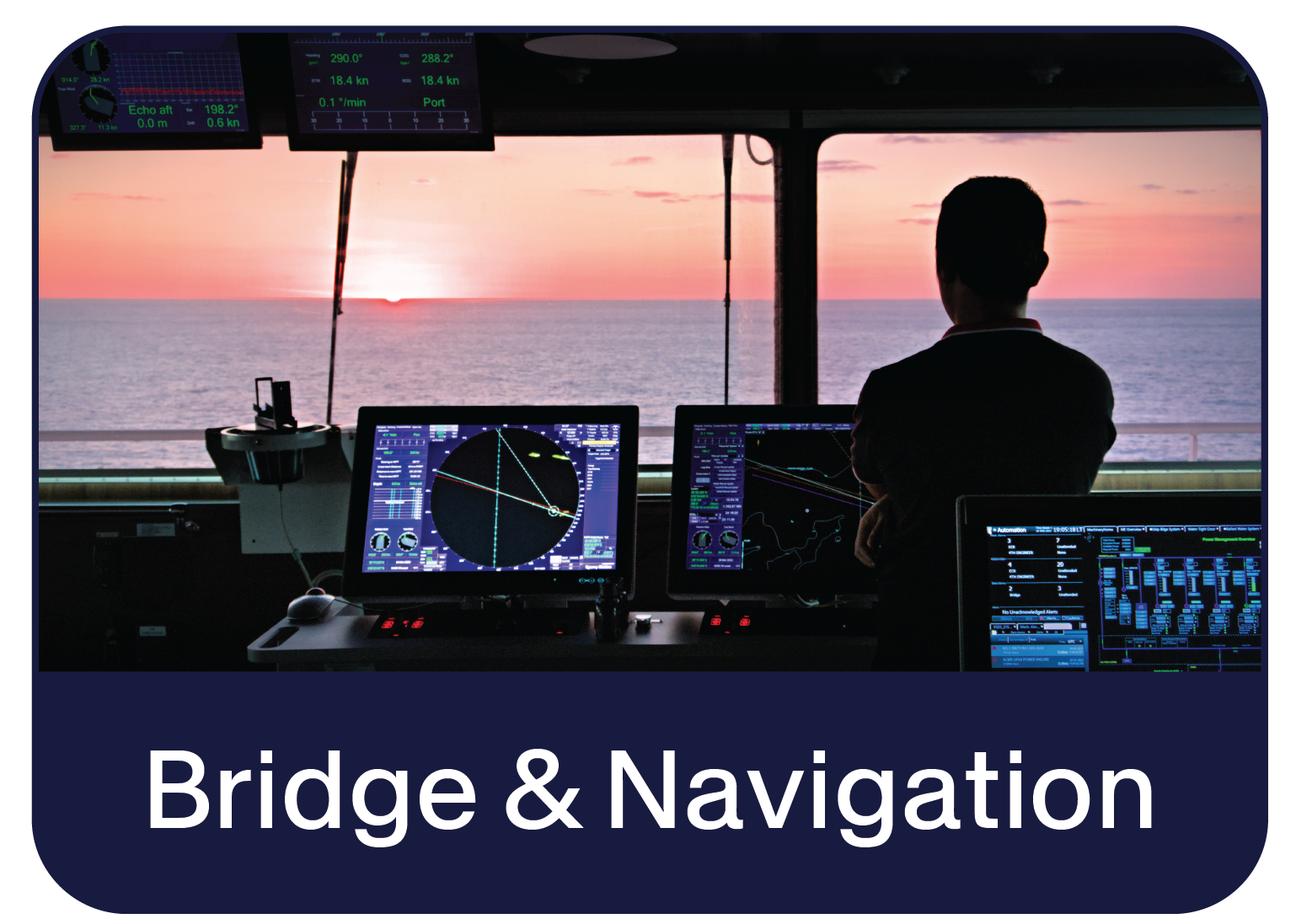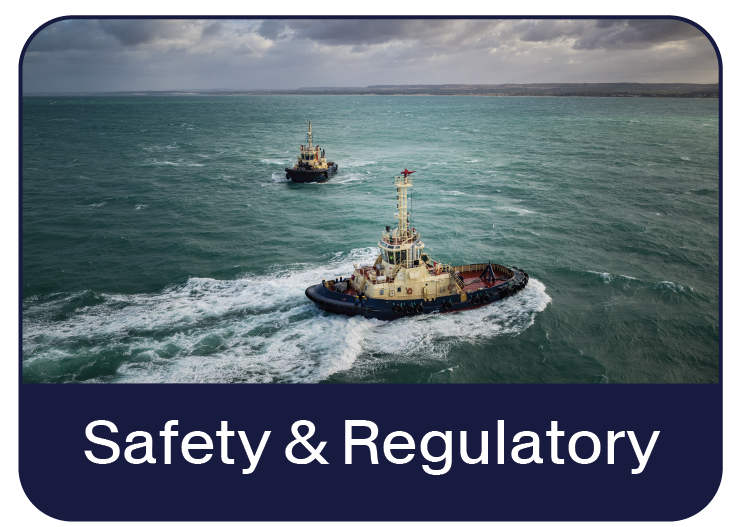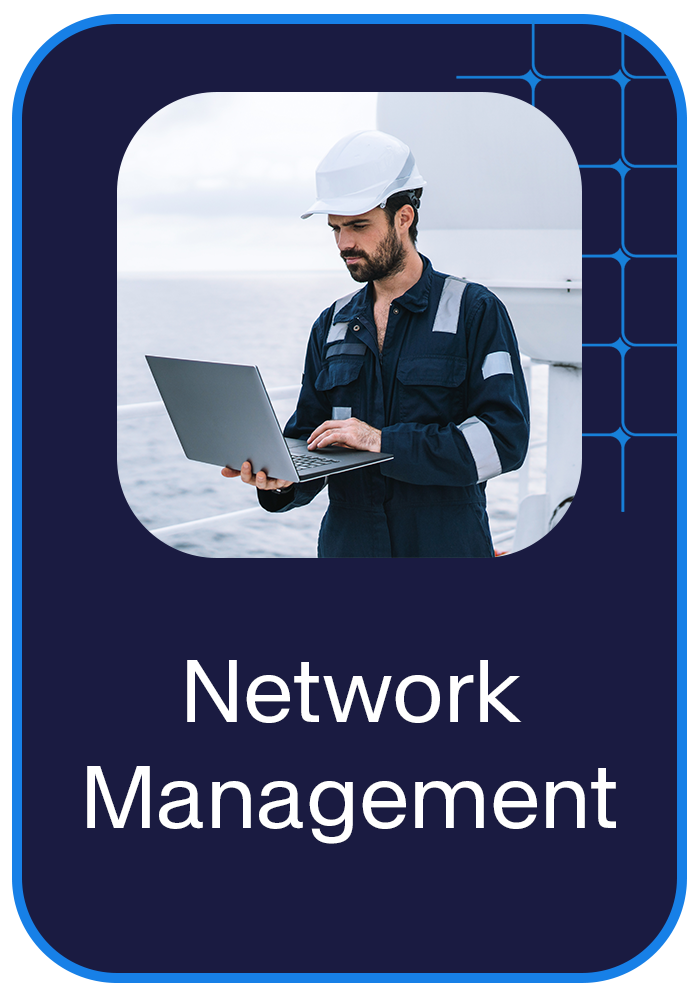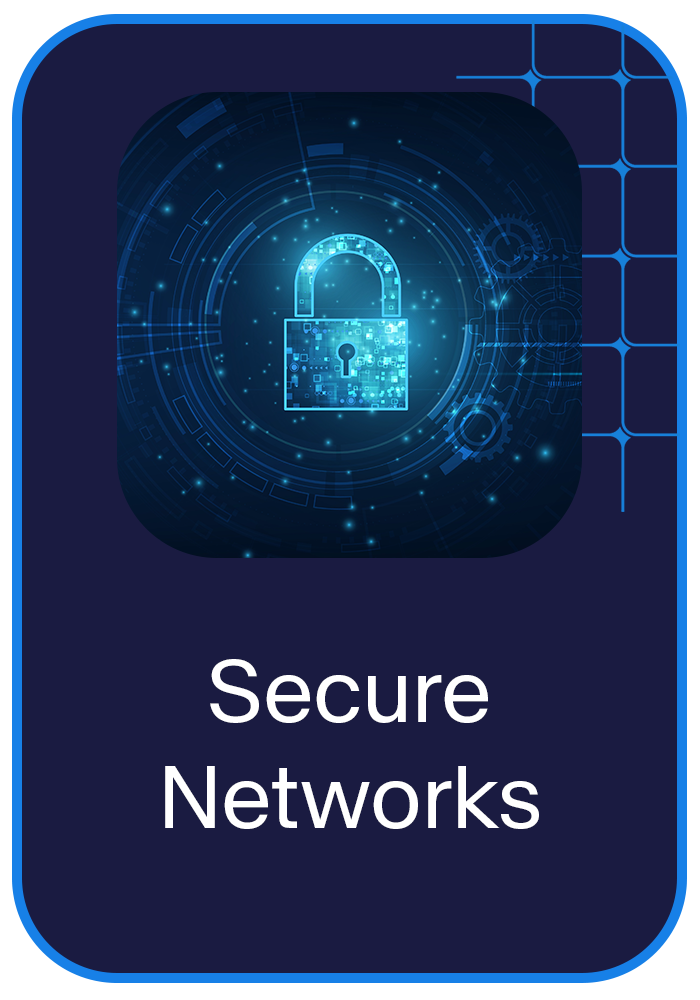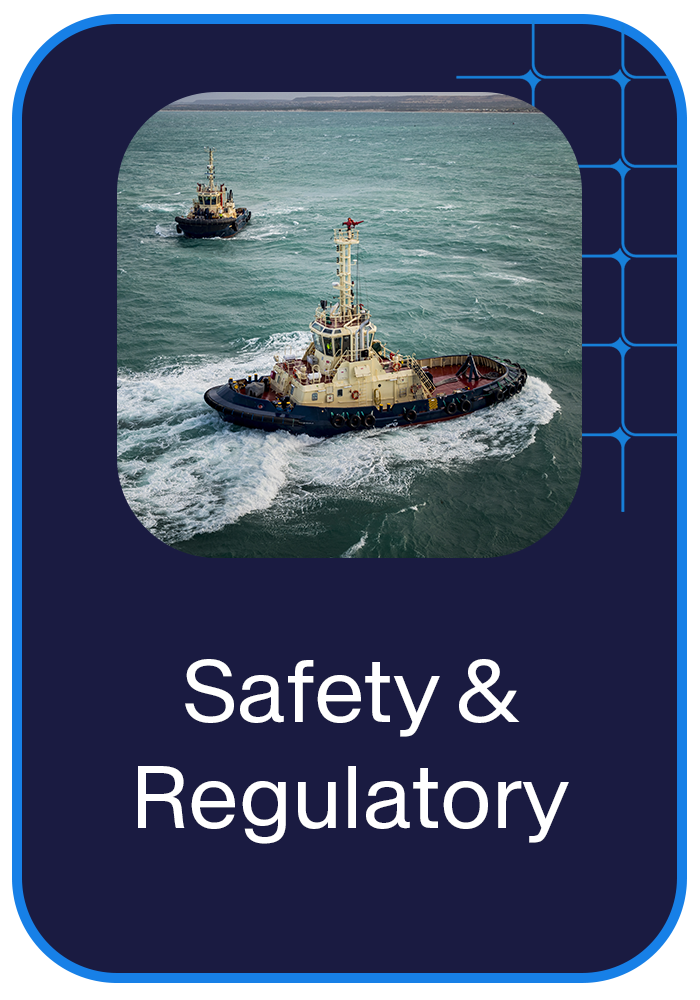GMDSS Radio Communication
Pulsar Nauticaᵀᴹ
Connect without Compromise
Pulsar delivers integrated GMDSS, security, and vessel tracking solutions that keep your fleet connected and compliant.
Our comprehensive systems are backed by 24/7 global support and deep maritime expertise, ensuring your critical communications are always operational.


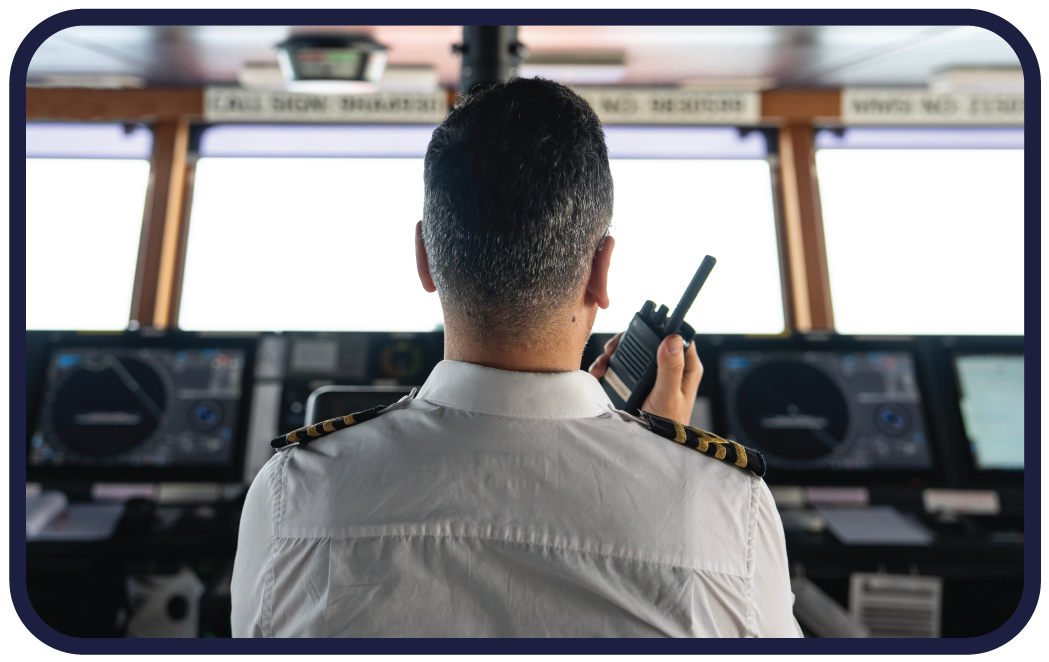

One Partner
Complete Solutions
While others offer individual components, Pulsar provides complete communication ecosystems
Our solutions integrate seamlessly across your fleet, supported by specialists who understand the complexities of maritime operations. We ensure your vessels not only meet GMDSS requirements but are equipped with advanced tracking and security capabilities for modern shipping demands.




Products and Services
Core GMDSS Radio Systems
- MF/HF Systems
- VHF DSC
- Portable GMDSS VHF
- INM-C (Inmarsat-C)
- Iridium GMDSS
Emergency & Safety Equipment
- EPIRB AIS
- SART AIS
- NAVTEX (Navigational Telex)
Vessel Tracking & Security
- AIS (Automatic Identification System)
- LRIT (Long Range Identification and Tracking)
- SSAS (Ship Security Alert System)
Infrastructure & Power
- Chargers & Power Supplies
- Power Distribution Systems
- Battery Backup Solutions
Loud & Clear: GMDSS Explained
Frequently Asked Questions
What are the essential GMDSS requirements for commercial vessels?
GMDSS requirements vary by sea area (A1-A4) but typically include:
- MF/HF radio systems with DSC
- VHF DSC radios (fixed and portable)
- Inmarsat-C or Iridium GMDSS terminal
- EPIRB (Emergency Position Indicating Radio Beacon)
- NAVTEX receiver
- SART (Search and Rescue Transponder)
All equipment must be type-approved and maintained according to IMO regulations. Requirements are determined by vessel type, size, and operating area, with specific redundancy needs for passenger vessels.
How does Pulsar ensure continuous GMDSS system operation?
Pulsar maintains system reliability through:
Comprehensive power backup solutions
Regular preventive maintenance
24/7 emergency support network
Remote diagnostics capabilities
Strategic spare parts positioning
Regular system health checks
Automated monitoring systems
This multi-layered approach ensures critical communications remain operational even in challenging conditions.
What are the advantages of integrating vessel tracking with GMDSS systems?
Integrated vessel tracking and GMDSS systems offer multiple benefits:
- Centralized monitoring and control
- Enhanced fleet management capabilities
- Improved emergency response coordination
- Streamlined compliance reporting
- Better operational efficiency
- Reduced equipment footprint
- Simplified crew training requirements
Integration also provides cost savings through shared infrastructure and maintenance.
How does Pulsar's AIS integration improve vessel security?
Pulsar's AIS integration enhances security through:
- Real-time vessel position monitoring
- Automatic collision avoidance alerts
- Integration with SSAS for security alerts
- Historical tracking capabilities
- Fleet-wide monitoring options
- Automated reporting functions
- Enhanced situational awareness
These features combine to provide comprehensive vessel security while meeting regulatory requirements.
What backup power solutions are recommended for GMDSS equipment?
Pulsar recommends a layered backup power approach including:
- Redundant power supplies
- Advanced battery backup systems
- Automated charging systems
- Power distribution monitoring
- Emergency power generation
- UPS systems for critical equipment
- Regular power system testing
This ensures continuous operation of critical communications equipment in all conditions.
How often should GMDSS equipment be tested and maintained?
GMDSS equipment maintenance requires:
- Daily functional checks of critical systems
- Weekly testing of emergency power sources
- Monthly testing of EPIRBs and emergency equipment
- Annual shore-based maintenance
- Battery replacement as per manufacturer schedules
- Regular software updates
- Performance verification after any repairs
All maintenance must be documented and certified by approved service providers.
What are the latest developments in Iridium GMDSS technology?
Recent Iridium GMDSS advances include:
- Global coverage including polar regions
- Enhanced data capabilities
- Improved distress alerting
- Integrated position reporting
- More compact equipment designs
- Reduced installation complexity
- Lower operational costs
These improvements offer alternatives to traditional Inmarsat-C systems while maintaining full GMDSS compliance.
How does Pulsar support LRIT compliance requirements?
Pulsar supports LRIT compliance through:
- Automated position reporting systems
- Integration with existing onboard systems
- Compliance documentation management
- Regular testing and certification
- Performance monitoring
- Data security measures
- Flag state reporting coordination
Our solutions ensure vessels meet all LRIT requirements while minimizing crew workload.
What security measures are included in Pulsar's SSAS solutions?
Pulsar's SSAS solutions incorporate:
- Covert activation capability
- Redundant communication paths
- Tamper-evident installation
- Regular system testing protocols
- Integration with fleet security systems
- Automated alert verification
- Rapid response coordination
These features ensure reliable security alert transmission while maintaining confidentiality.
How does Pulsar manage fleet-wide GMDSS system updates?
Pulsar coordinates fleet-wide updates through:
- Scheduled maintenance planning
- Remote software updates when possible
- Coordinated port calls for physical updates
- Documentation management
- Crew training updates
- Compliance verification
- Performance monitoring
This systematic approach ensures all vessels maintain current systems while minimizing operational disruption.













